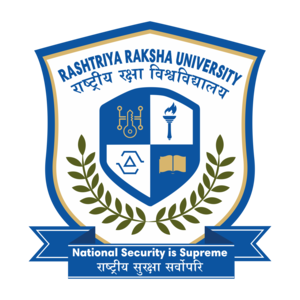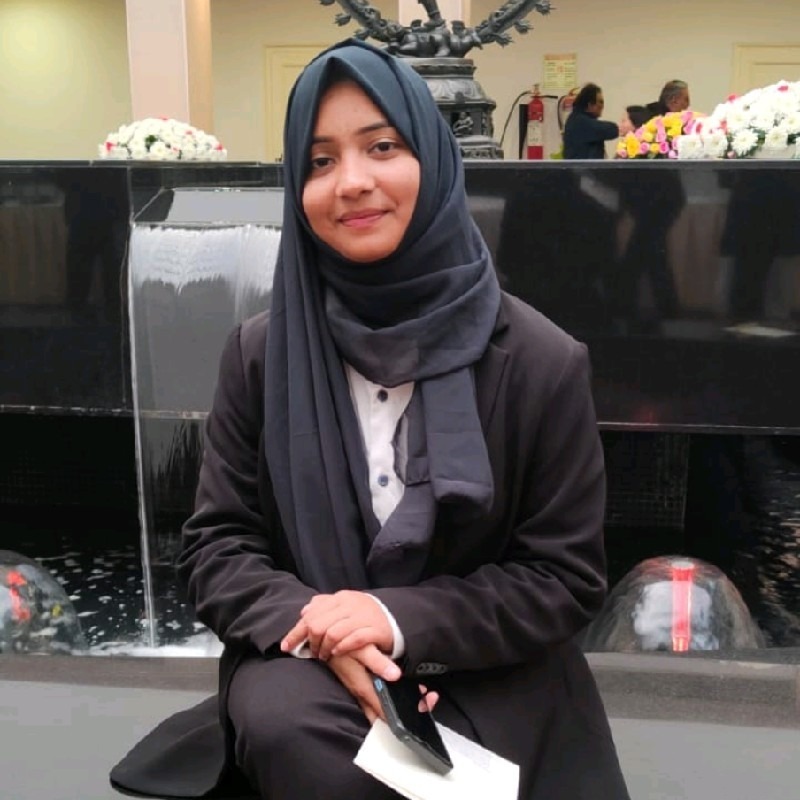
Reservation and Upper-Class Rise in Conflict
RESERVATION AND UPPER-CLASS RISE IN CONFLICT
- Manan Agrawal, Faculty of Law, University of Delhi
Introduction
The reservation system existing in India owes its origin to the age-old caste system that has been prevalent in India from time immemorial. Reservation generally refers to an act of reserving, keeping back or withholding. Casteism has been the most prominent evil in our society since ancient times. People belonging to the ‘lower castes’ were discriminated upon. There were certain sections of society who have faced historical injustice due to their caste to which they belong to. Reservation policy was formulated as a way to provide an opportunity or playing field to those backward sections as they could not compete with those who have had the access to resources and means for centuries.
How did the Reservation system come into force in India?
The Constitution makers were very well aware of the perils that Indian society runs on and that is the reason they drafted the Constitution in such a manner so that the People who are being discriminated against get an exclusive part in the Constitution. Some extra relief was given to those people so that they can uplift themselves culturally and economically. These reliefs were in the form of reserving some benefits to only those people. A reservation system was introduced wherein a certain number of seats were reserved for members of the lower castes at places of higher education and government jobs
The drafters of the Constitution were of the opinion that due to the caste system so widespread in the country, Schedule Castes and the Scheduled Tribes were historically oppressed and denied respect and equal opportunities in the Indian society and were thus under-represented in nation-building activities. The Constitution incorporated provision for providing reservation to SCs and STs. Part XVI deals with reservation of SC and ST in Central and State legislatures. Article 15(4) and 16(4) of the Constitution enabled the State and Central Governments to reserve seats in government services for the members of the SC and ST. SCs and STs have been provided with 15% and 7.5% reservation in seats to government-aided educational institutes and for jobs in the government/public sector, as a reserved quota for the SC and ST candidates respectively was initially for a period of 10 years, after which the situation was to be revisited again by the lawmakers of the country. It has been continuously extended for 10 years at a time since then. Other Backward Classes (OBC) of citizens were included in the ambit of reservation in 1991 on the recommendations of the Mandal Commission. When the recommendations of Mandal Commission were implemented and seats were separately reserved up to the extent of 27% in favour of Other Backward Classes. Conflict arose between non-reserved andreserved sections.
Conflict
The reservation system but soon after its commencement faced a lot of resistance from the upper class-unreserved community. According to them the reservation system lacks the essence of merit and is unjust as it is based on the sole criteria of caste to which a person belongs. There were no other criteria other than a person’s case in order to decide whether a person will be eligible to get the benefits or whether he will be deprived of the benefits that the reservation system confers on its whim. The demand was to change the criteria from caste to the economic well-being of a person in order to give him the benefit of reservation. It would have catered to demands of FC on one hand and on the other hand, this would have continued to provide the benefit to those who need it the most.
The condition got worse in 1991, when the recommendations of the Mandal Commission were implemented by the then Prime Minister with a political motive. The government created a new class of persons (Other Backward Class) who were provided with 27% seats reserved exclusively for them. The only criteria in case of OBCs reservation was only caste. Protests were held throughout the nation. Supreme court in the famous case of Indira sw..took a progressive view and excluded the Creamy Layer among OBCs from the recipients of the reservation system thereby examining the scope of Article 16(4). The Court also with the view provides a fair, just and reasonable opportunity to the FC held that the total quota for reservation should not exceed 50% in any case. Issue of reservation is a sensitive issue and is at times used by the political class to fulfil and achieve a desired political outcome. A recent example of such a case is that of the State of Madhya Pradesh where the state government has increased total reservation to 72%.
Judicial Scrutiny
- The first verdict on the issue of reservation by the Supreme Court came up in the case of State of Madras v. Smt. Champakam Dorairajan (1951) resulted in the first amendment to the constitution of India and Article 15(4) as added. The Court stated that in the matter of State employment, Article 16(4) provides for Reservations for the backward classes of citizens. No such provision was provided for in Article 15.In Indra Sawhney v. Union of India (1992) case the court took a wide instance in this famous case by excluding the Creamy Layer among OBCs from the recipients of the reservation system thereby examining the scope of Article 16(4). The Court also held that the total quota for reservation should not exceed 50% in any case
- The Parliament then enacted the 77th Constitutional Amendment Act and Article 16(4A) was added to the constitution. Article 16(4A) confers power in the hands of the state to reserve seats in favour of SC and ST in promotions in Public Services if the communities are not adequately represented in public employment. After a while, modifications were made in clause (4A) by the Constitution (85th Amendment) Act, 2001 to provide consequential seniority to SC and ST candidates promoted by way of reservations.
- Constitutional 81st Amendment Act, 2000 inserted Article 16 (4 B) which allowed the state to fill the unfilled vacancies of a year which are reserved for SCs/STs in thesucceeding year by creating a separate class of vacancy which has to be filled by the reserved category people only. Thereby Article 16(4B) curved out a way fornullifying the ceiling of fifty per cent reservation on the total number of vacancies.
- In M. Nagaraj v. Union Of India 2006, the Supreme Court upheld the validity of Art 16(4A) and decided that to be constitutionally valid, a policy for reservation must satisfy the following three constitutional requirements:
(a) The SC and ST community should be socially and educationally backwards.
(b) The SC and ST communities are not adequately represented in public employment. (c)The said reservation policy shall not affect the overall efficiency of the administration.
- In Jarnail Singh vs Lachhmi Narain Gupta 2018, the Supreme Court held that reservation in promotions does not require the state to collect quantifiable data on the backwardness of the Scheduled Castes and the Scheduled Tribes.The Court also held that creamy layer exclusion extends to SC/STs and, hence the State cannot grant reservations in promotion to SC/ST individuals who belong to the creamy layer of their community.
- Of late, a 10% reservation in government jobs and educational institutions for the“economically backward class (EWS)” in the unreserved category has been provided by the Constitutional (103rd Amendment) Act of 2019. In pursuance of this Act Articles 15 and 16 of the Constitution have been amended by adding clauses empowering the state to provide reservation on the basis of economic backwardness only and not on the basis of caste. This 10% economic reservation introduced recently is over and above the 50% reservation cap as was earlier provided in the Constitution. The Supreme Court is yet to decide the matter of 10% EWS reservation which breaches the threshold limit of maximum reservation as held by the Supreme court in the Indira Sawhney vs. Union of India case.
Conclusion
Latest development with respect to reservation came up with 103rd constitutional amendment which provides for 10% reservation of the people belonging to Economic Weaker Section (EWS) in unreserved category. The criteria for taking the benefit under the EWS reservation is not a caste but is based on the economic well-being of a person. This might act as a catalyst decades-old and reconsider the decades-old caste-based reservation system prevailing which undermines merit. The caste-based reservation should be modified with the changing world dynamics. It cannot be denied that there exists a need for a system to promote exclusive growth and overall well-being of certain classes but the centuries-old caste system should not be the criteria in extending the benefit of such a system rather it should be based on rational logic, therefore, economic well-being can be suitable criteria.












